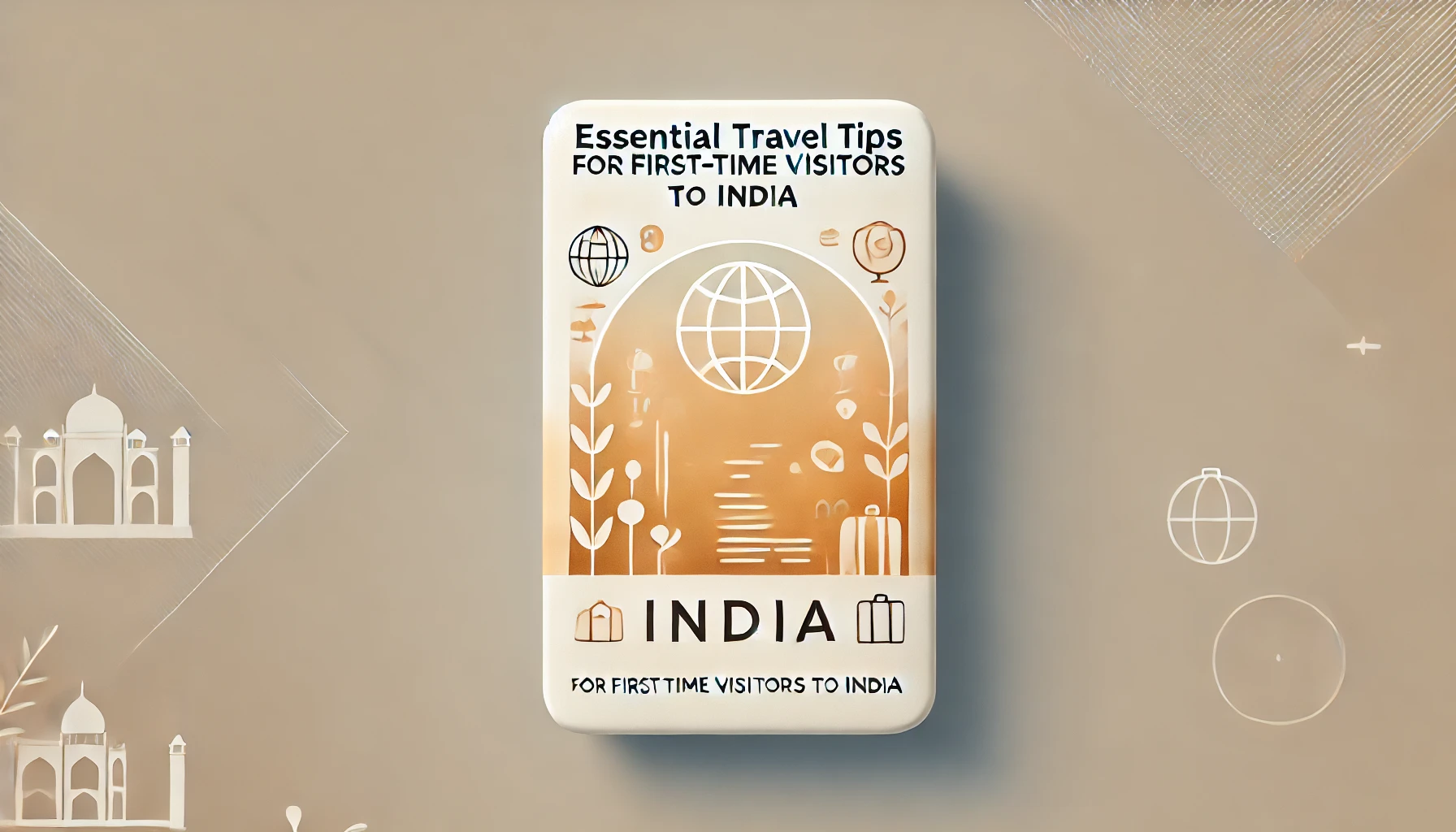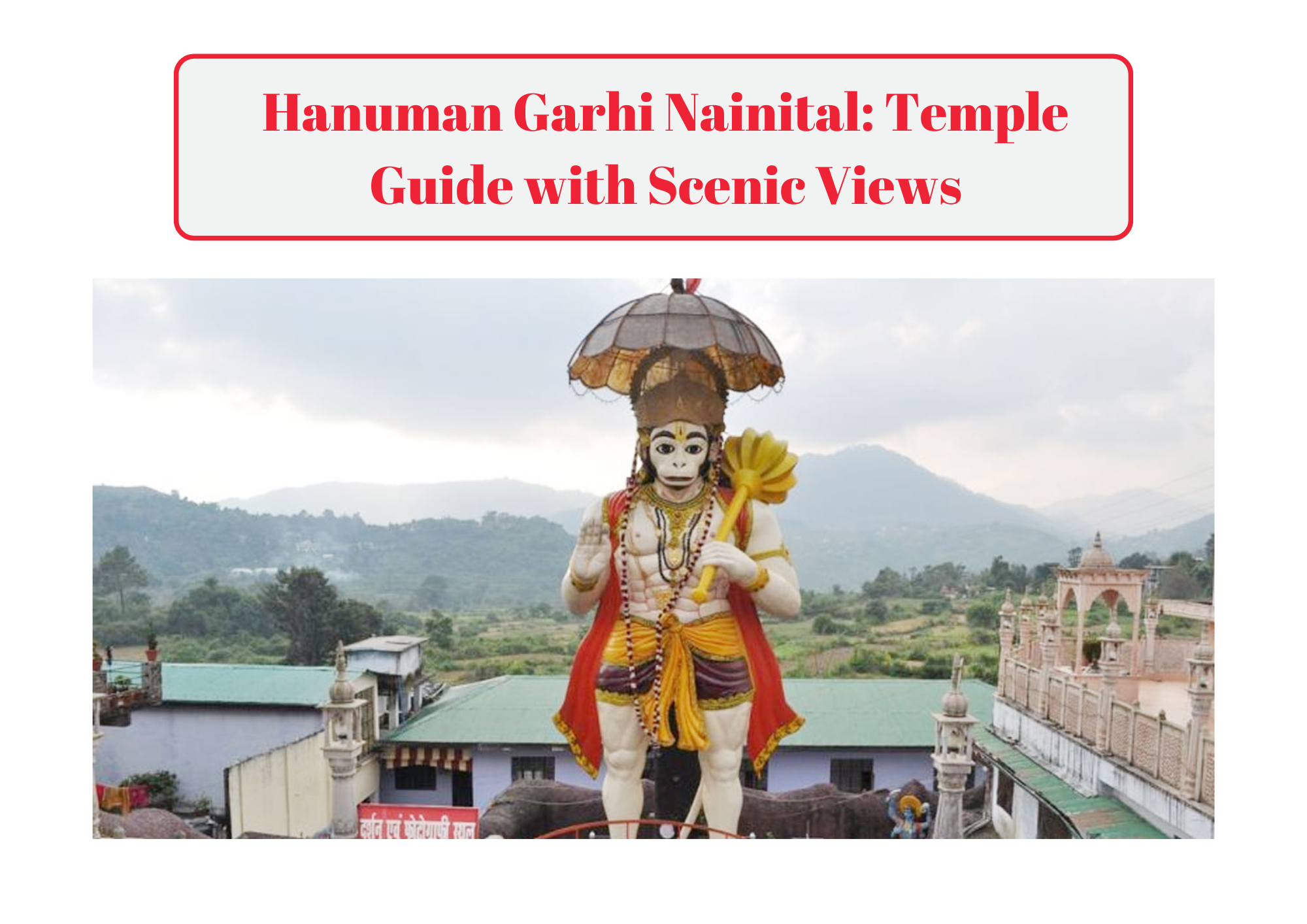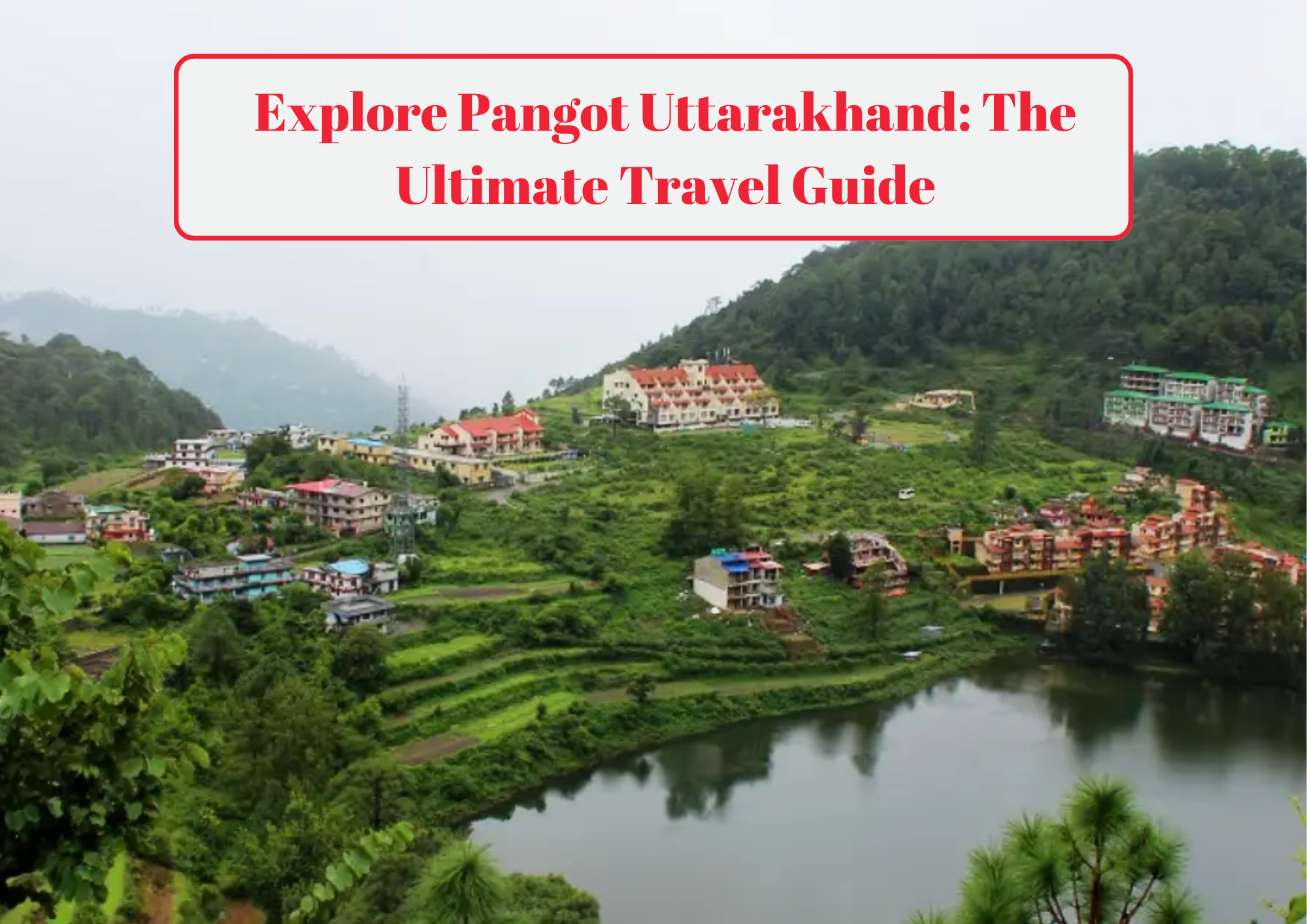India, a land of diverse cultures, rich history, and breathtaking landscapes, is an unforgettable destination for any traveler. If you’re planning your first trip to this incredible country, it’s essential to be well-prepared to make the most of your adventure. As your expert guide, we’ve compiled a comprehensive list of travel tips to help you navigate India with confidence and ease.
1. Planning Your Trip
Best Time to Visit
India’s climate varies significantly from one region to another. Generally, the best time to visit is between October and March, when the weather is pleasant across most parts of the country.
- North India: Ideal from October to March.
- South India: Visit from November to February.
- Hill Stations: Perfect during summer months (April to June).
Visa and Entry Requirements
Before you pack your bags, ensure you have the necessary documentation.
- Tourist Visa: Apply for an e-Visa online at least a few weeks before your trip.
- Passport Validity: Your passport should be valid for at least six months from your arrival date.
- Documents Required: A recent photograph and a copy of your passport’s bio page.
2. Health and Safety
Vaccinations and Medical Precautions
Consult your doctor for recommended vaccinations.
- Common Vaccinations: Hepatitis A and B, Typhoid, Tetanus.
- Malaria Prevention: Consider antimalarial medication if visiting high-risk areas.
- Travel Insurance: Purchase comprehensive insurance covering medical emergencies.
Staying Healthy
- Drink Bottled Water: Avoid tap water and ice in drinks.
- Food Precautions: Eat at reputable restaurants; be cautious with street food.
- Stay Hydrated: Carry a water bottle, especially in hot climates.
3. Cultural Etiquette
Dress Modestly
Respect local customs by dressing appropriately.
- Clothing Tips: Cover shoulders and knees, especially when visiting religious sites.
- Footwear: Remove shoes before entering temples and some homes.
Greetings and Interactions
- Common Greetings: Use “Namaste” with hands folded to greet locals.
- Public Displays of Affection: Keep it minimal in public spaces.
- Right Hand Rule: Use your right hand for eating and handling objects.
4. Navigating Transportation
Getting Around
India offers various modes of transportation.
- Trains: An extensive network connects major cities and towns.
- Buses: Affordable but can be crowded; ideal for short distances.
- Domestic Flights: Efficient for long-distance travel.
- Taxis and Auto-Rickshaws: Negotiate fares beforehand or ensure the meter is used.
Booking Tickets
- Advance Reservations: Book train and flight tickets well in advance.
- Online Platforms: Use reputable websites like IRCTC for trains and MakeMyTrip for flights.
5. Money Matters
Currency and Payments
- Indian Rupee (INR): The official currency.
- ATMs: Widely available in cities; carry cash for rural areas.
- Credit Cards: Accepted in hotels and upscale restaurants.
- Currency Exchange: Exchange money at authorized centers or banks.
Budgeting Tips
- Daily Expenses: India is affordable; budget depends on your travel style.
- Bargaining: Common in markets; negotiate prices respectfully.
6. Communication Essentials
Staying Connected
- SIM Cards: Purchase a local SIM card upon arrival (Airtel, Jio).
- Internet Access: Wi-Fi available in hotels and cafes; connectivity may vary in remote areas.
Language Basics
- Official Languages: Hindi and English are widely spoken.
- Learn Key Phrases: Simple Hindi greetings and phrases can enhance your experience.
7. Accommodation Options
Where to Stay
India offers a range of accommodations to suit all budgets.
- Luxury Hotels: Five-star hotels with premium services.
- Budget Hotels and Hostels: Affordable options for travelers.
- Homestays: Experience local life by staying with a host family.
Booking Tips
- Read Reviews: Check traveler feedback on platforms like TripAdvisor.
- Location Matters: Stay in central areas for convenience and safety.
8. Food and Dining
Culinary Adventures
India is a food lover’s paradise.
- Regional Cuisines: Try diverse dishes from different states.
- Vegetarian Options: Abundant vegetarian and vegan choices.
- Street Food: Savor local snacks but choose vendors wisely.
Dining Etiquette
- Use Right Hand: Eat with your right hand; cutlery may not be provided.
- Sharing Meals: It’s common to share dishes family-style.
9. Safety Precautions
Personal Safety
- Stay Alert: Be mindful of your surroundings, especially in crowded places.
- Secure Belongings: Use locks and keep valuables safe.
- Avoid Late-Night Travel: Stay in well-lit, populated areas after dark.
Emergency Numbers
- Police: Dial 100
- Ambulance: Dial 102
- Women’s Helpline: Dial 1091
10. Must-Have Apps and Resources
Useful Applications
- Google Maps: For navigation.
- Uber and Ola: Reliable ride-hailing services.
- Zomato and Swiggy: Food delivery and restaurant reviews.
- Guide My India App: Your ultimate travel companion for detailed guides and tips.
Frequently Asked Questions
Q: Do I need to tip in restaurants and for services?
A: Tipping is appreciated but not mandatory. A 10% tip is customary in restaurants. For porters and drivers, small amounts are acceptable.
Q: Is it safe to drink tap water in India?
A: It’s advisable to drink bottled or purified water to avoid waterborne illnesses.
Q: Can I use my credit card everywhere in India?
A: Credit cards are widely accepted in urban areas, hotels, and large restaurants. Carry cash for small businesses and rural areas.
Q: How can I respect local customs and traditions?
A: Dress modestly, remove shoes when required, and be mindful of local practices. When in doubt, observe and follow the lead of locals.
Q: Is travel insurance necessary?
A: Yes, it’s highly recommended to have travel insurance that covers medical emergencies, trip cancellations, and personal belongings.











